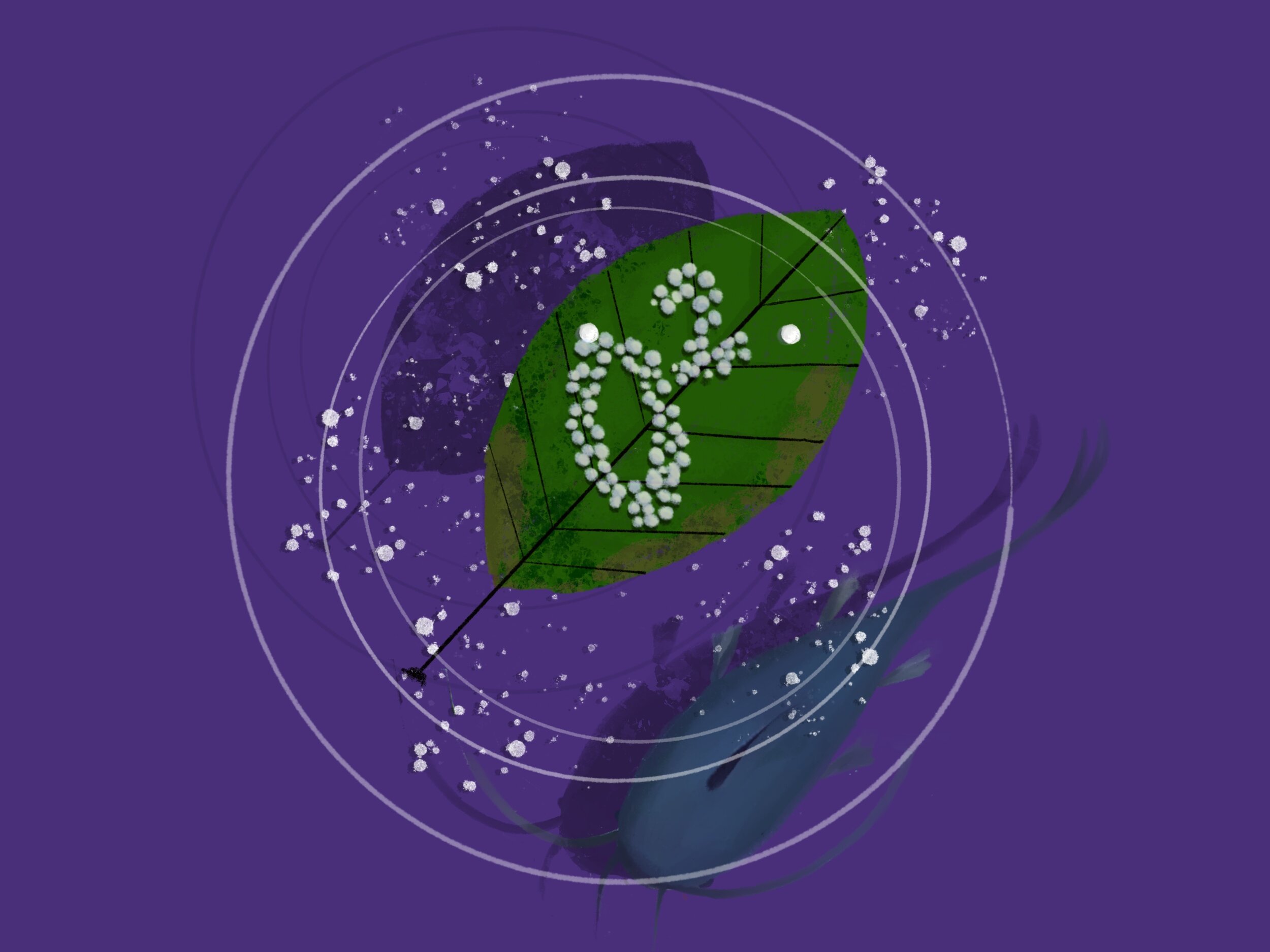Measuring rate of photosynthesis with… bubbles?
Observing the effects of photosynthesis in order to measure the relative rates of photosynthesis, simulating AP Biology Investigation #5
This is affectionately known as the floating leaf disk lab!
Background
It might sound ridiculous at first, but it’s absolutely possible. Because oxygen is one of the byproducts of photosynthesis, we can measure the rate of photosynthesis in leaves by observing the release of oxygen. Normally, this would be difficult. But when we submerge leaf discs cut using a hole-punch in a baking soda solution, we can see the effect of oxygen gas being produced: the leaf discs begin to float. By measuring how many leaf discs are floating at consistent intervals, we can estimate the rate of photosynthesis. While we won’t be able to measure the rate at which oxygen molecules are created, the time it takes for the leaf chads to float is a much more readily observable proxy for the molar rate of the reaction. For an excellent video explanation of the lab setup and execution, please watch Paul Andersen’s Bozeman Science video.
There are many variables that impact photosynthesis, including the amount and type of light providing energy to the reaction, the amount of reagents available, and even the type of photosynthesis the plant uses. In the dataset below, the rates of photosynthesis (by way of floating leaf-discs) between two different types of plants are compared. Using what you know about photosynthesis, complete the questions below. If you’d like to know a little more about photosynthesis, continue reading before heading to the Activity.
There are three types of photosynthesis (that we know about): C3, C4, and CAM. C3 is the oldest and most prevalent of the three, used by 85% of plant species on the planet. C3 is susceptible to photorespiration, which results in inefficient harvest of CO2 during photosynthesis. C4 and CAM photosynthesis are (literally) more evolved processes. C4, only discovered in 1970, uses CO2 more efficiently by carrying out photosynthetic cycles in different parts of the leaf in order to prevent rubisco from binding to oxygen instead of CO2. CAM (crassulacean acid metabolism) plants only open their stomata at night, which is especially beneficial in hot, arid climates, and also allows them to prevent photorespiration from inhibiting photosynthesis.
Dataset
Variables
Time: The number of minutes elapsed from when the leaf discs were placed in solution
# of discs: The observed number of discs floating at a given time
Leaf type: Categorical variable denoting the two different types of leaves used
Activity
Use the “Make a graph” feature to compare the rate of photosynthesis for the two types of leaves. Be sure to select the independent variable for the x-axis and to show the leaf type for “z.” Paste your graph below:
2. Referencing your graph from #1, does the rate of photosynthesis appear different for leaf types 1 and 2? Explain.
3. The data collected are based on the number of leaf disks floating at specific time points. How do you think the shapes of the two curves would be different if you were measuring actual oxygen production over time rather than just counting the number of leaf disks floating at each time point?
4. Which type of photosynthesis (C4, C3, or CAM) do you think leaf types 1 and 2 these utilize? Explain your reasoning.
Master Teacher Brad Williamson has an excellent write-up for this lab available here.


